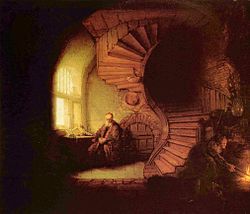America on the Couch
by Pythia Peay
What lies behind America s historic romance with the gun? Why does it have such a troubled relationship with alcohol and drugs? Why is it so wedded to consumerism and so resistant to the evidence of climate change? What are its enduring myths about individuality, freedom, and independence, and how might we re-imagine our vision of the United States as the Promised Land and The City on the Hill to reflect a multiculturalism that offers the last, best hope for the world?
In a two-decades long journey through the American psyche, depth journalist Pythia Peay has asked these and many more questions of no fewer than thirty-six of the world s leading psychologists and psychoanalysts. From Robert Jay Lifton to Marion Woodman, A. Thomas McLellan to Judith V. Jordan, Mihaly Csikszentmihalyi to June Singer, and James Hillman to Mary Pipher, the thinkers in America on the Couch discuss violence, addiction, the environment, capitalism and consumerism, politics and power, and the soul of America. The result is a uniquely comprehensive, wide-ranging, and compelling kaleidoscope of insights into the psychodynamics of a hegemon in peace and at war, as it confronts the shadows of the American century and charts its way into an uncertain, multi-polar future.
Featuring:
Stephen Aizenstat; John Beebe; Bonnie Bright; Gary S. Bobroff; Mihaly Csikszentmihalyi; Philip Cushman; Larry Decker; Raymond De Young; Edward Edinger; Michael Eigen; Stephen J. Foster; Charles Grob; Bud Harris; A. Chris Heath; James Hillman; Judith V. Jordan; Donald Kalsched; Robert J. Langs; Linda Schierse Leonard; Harriet Lerner; Robert Jay Lifton; A. Thomas McLellan; Thomas Moore; Ginette Paris; Mary Pipher; Ernest Rossi; Andrew Samuels; Erel Shalit; June Singer; Thomas Singer; Lawrence Staples; Murray Stein; Charles B. Strozier; Paul Wachtel; Karen B. Walant; Marion Woodman; Luigi Zoja
In her introduction, Pythia Peay writes:
"The six parts of America on the Couch offer a wealth of perspectives on those symptomatic areas of life in this country where we are faced with continually recurring problems - but also where we may break through to new understandings."
Having been invited, as an Israeli, to share my views, looking across the oceans from the Levant, America's shadows might be undeniable - but so is its light. And the light that emanates from the conscious scrutiny of one's shadow, is admirable. Every society has its shadow; the decisive difference is if it is projected, or if society is open enough to dialogue with its cultural complexes.

Pythia Peay
The Psychological Hero
An interview with Israeli Jungian Analyst Erel Shalit

























